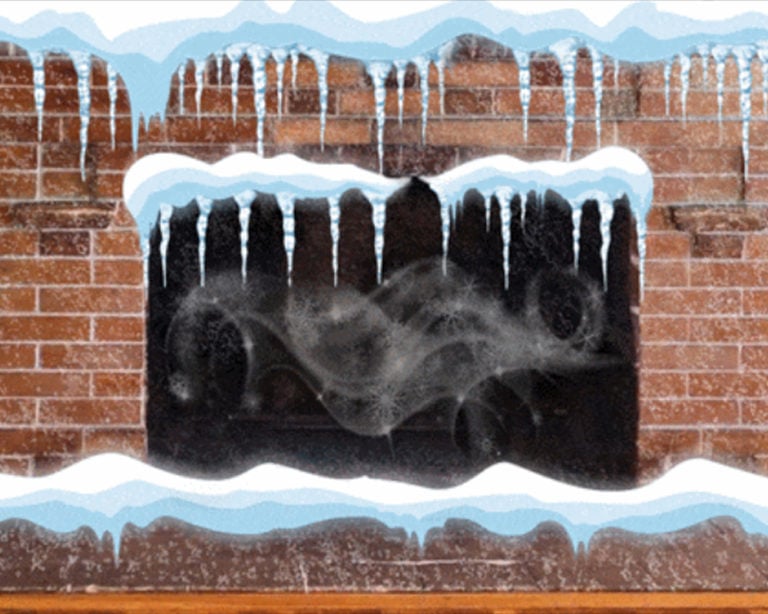Harmful Effects Cold Winter Weather Has on Your Chimney
Our cold Maryland winters affect not only us, but they also affect our chimneys. Let’s look at some of the issues that cold weather can cause with chimneys and how to solve or prevent these chimney problems.
Backdrafts
Smoke backing up into your home is no fun. Less fun is what the smoke carries: deadly carbon monoxide, which can’t be seen or smelled. During the winter, your chimney flue absorbs the outside temperature, adding a block of cold, heavy air that impedes the lighter, warmer air (i.e., smoke) from moving up and out of the chimney.
If this is the only reason you’re experiencing backdrafts, the solution often is as simple as holding some kindling or a lit rolled-up newspaper past the damper for a few minutes to warm the flue before starting and enjoying your fire.
 Drafting obstructions
Drafting obstructions
When it’s cold outside, we like to stay inside. So do critters like squirrels and raccoons. Since they can’t walk through your front door, they go for the next best choice: your chimney.
Many different kinds of small animals including certain birds like to hang out in chimneys during the winter – and they build nests in their new homes to birth their offspring later on. Nesting material along with any animals who unfortunately have died inside the chimney will impede smoke from drafting properly from your fireplace, or worse yet, lead to fires.
The solution is two-fold: 1. Have your chimney professionally cleaned, and 2. Install a full-width chimney cap to keep animals as well as tree debris out of your chimney.
Chimney leaks
A leaky chimney is nothing to take lightly or overlook. If there’s a leak, that means some area of the structure has been compromised and will continue to get worse.
Masonry damage during the winter is the cause of many chimney leaks. Small cracks in the bricks and mortar allow water from rain or melting snow to get inside. When the temperature drops below freezing, the moisture expands, then thaws and creates internal decay.
Fixing this problem begins with a chimney inspection by a technician certified through the Chimney Safety Institute of America (CSIA). Once the area of damage is located, it can be fixed either through brick replacement, tuckpointing (replacement of crumbling mortar), partial chimney rebuilding or, in minor cases, a water-sealant application.
 Damage to chimney components
Damage to chimney components
Chimney flashing, concrete chimney crowns and chimney caps can all be damaged during our brutal winters and during other times of the year. Weather such as high winds, freezing temperatures, pounding hail, lightning strikes and other events are common causes of chimney damage.
When any component of your chimney isn’t working correctly and safely, larger problems are likely to occur down the line. This is why it’s always recommended that you schedule an annual chimney inspection, preferably not during the dead of winter, to discover small problems and get them solved before they become big, expensive and dangerous.
Inspections along with regular chimney sweeping and required repair work will allow you to use your chimney and fireplace safely and with peace of mind during the cold winter days and nights.
High’s Chimney Service of Gaithersburg, MD, provides everything you need to keep your chimney going strong all winter long. Call us for certified chimney sweep services, chimney inspections, chimney repairs and chimney rebuilding. Talk with an expert about what you want to accomplish by calling
(301) 519-3500.
The post Harmful Effects Cold Winter Weather Has on Your Chimney appeared first on Highs Chimney.


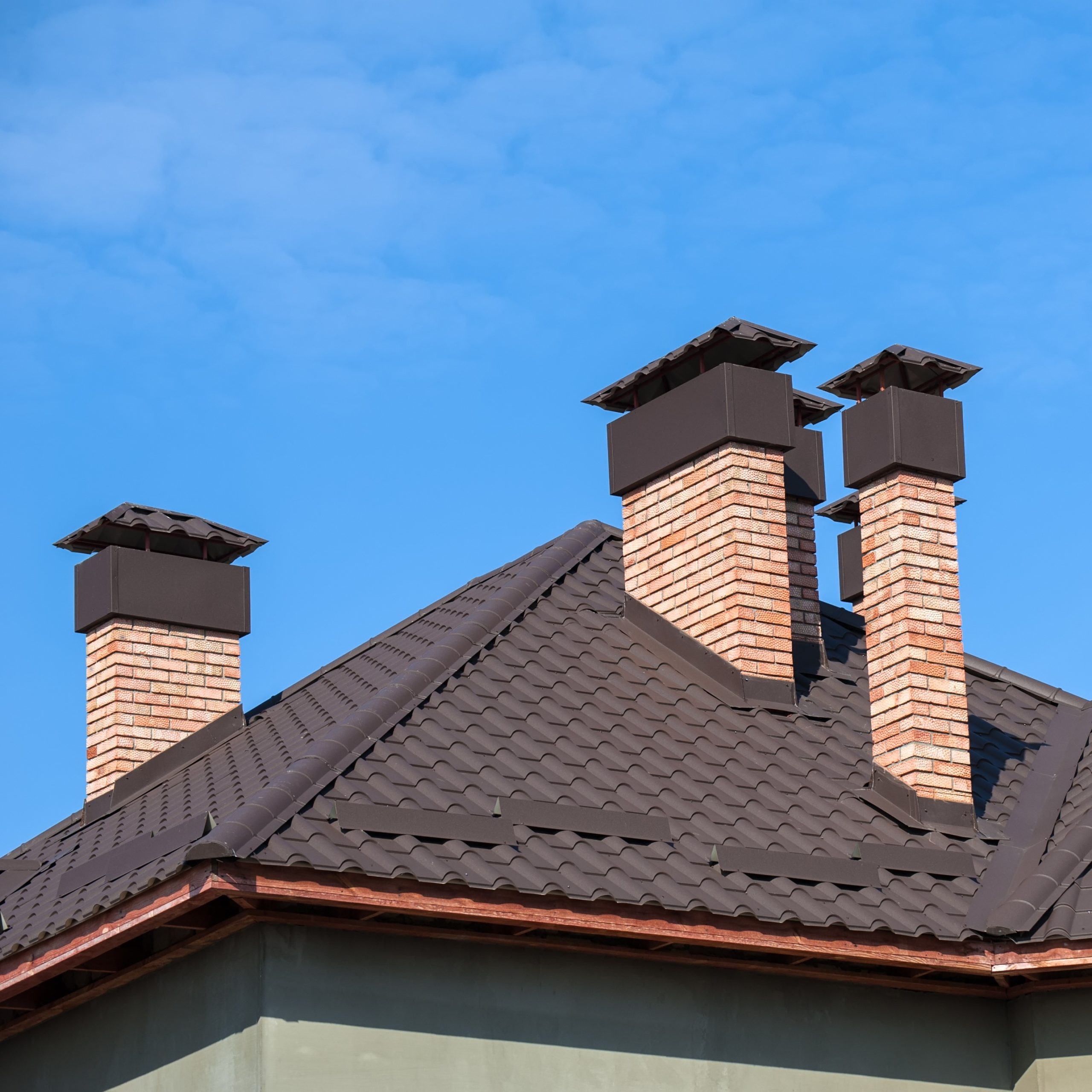 Chimney cap vs. flue cover
Chimney cap vs. flue cover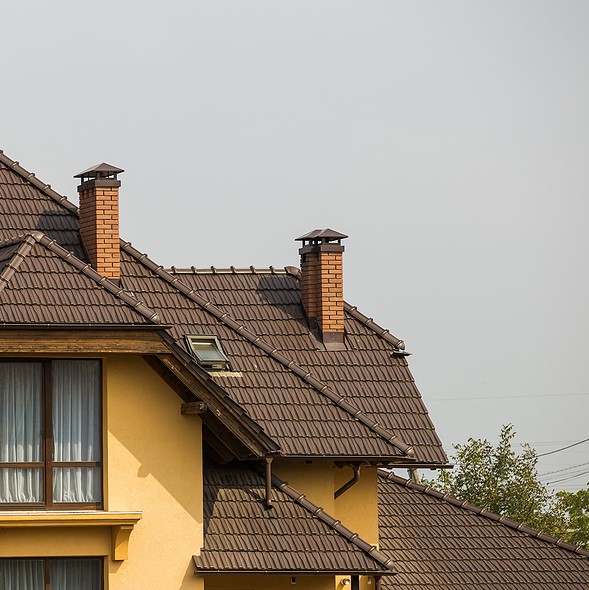 3. Block rain and snow
3. Block rain and snow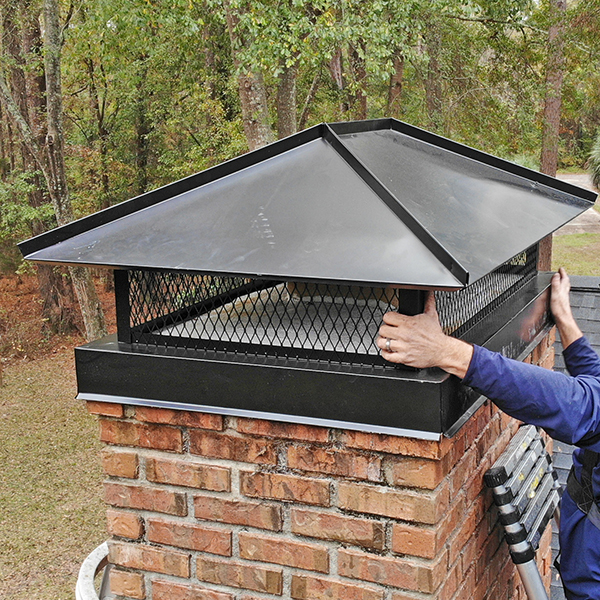 What is a Chimney Cap?
What is a Chimney Cap?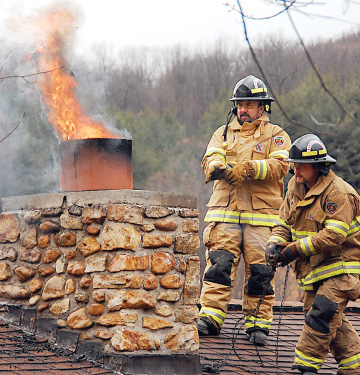 Fire Prevention
Fire Prevention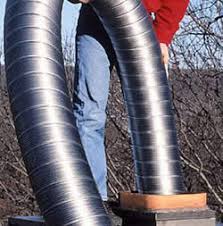 Let’s talk about
Let’s talk about 